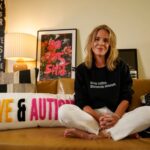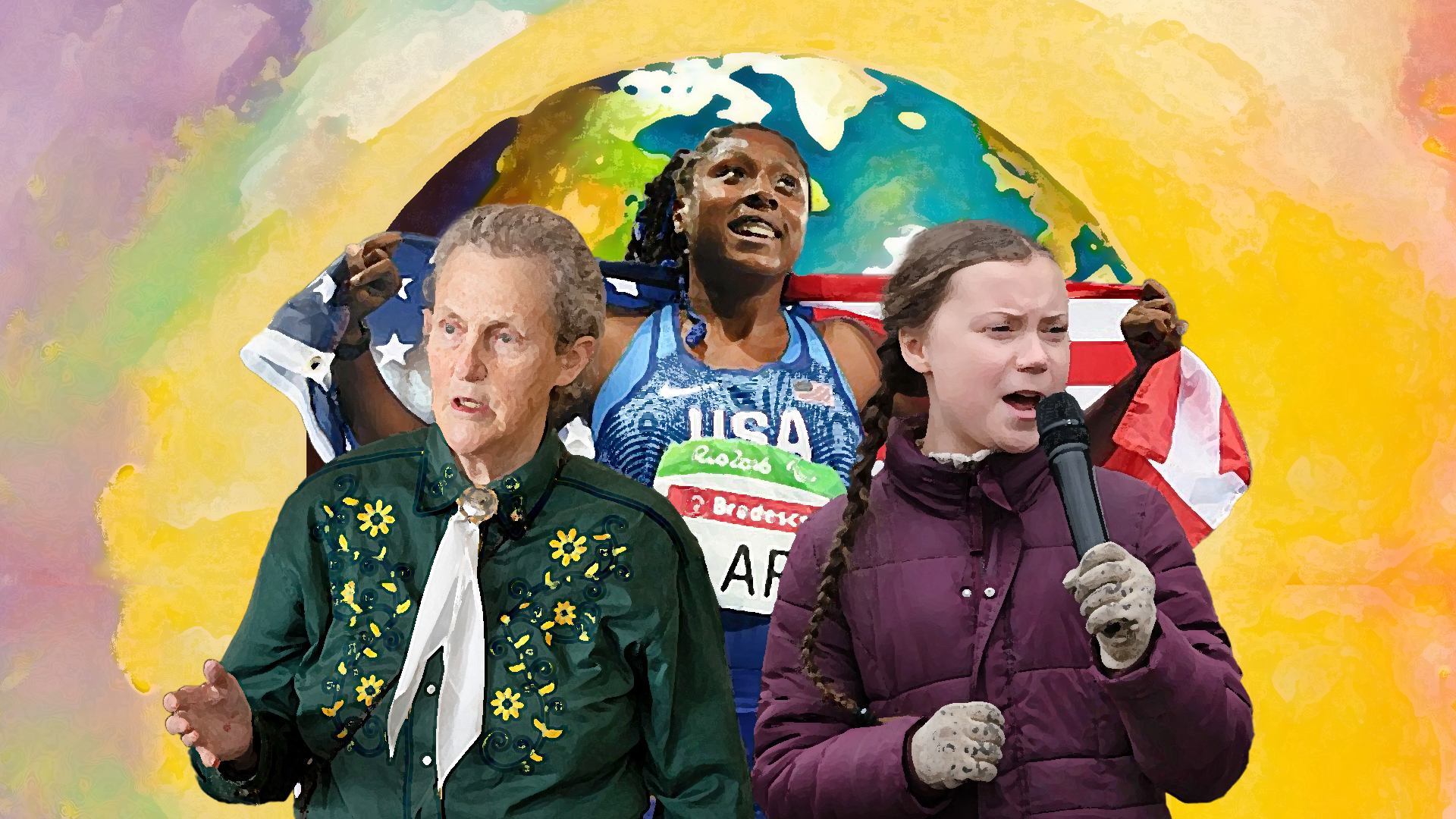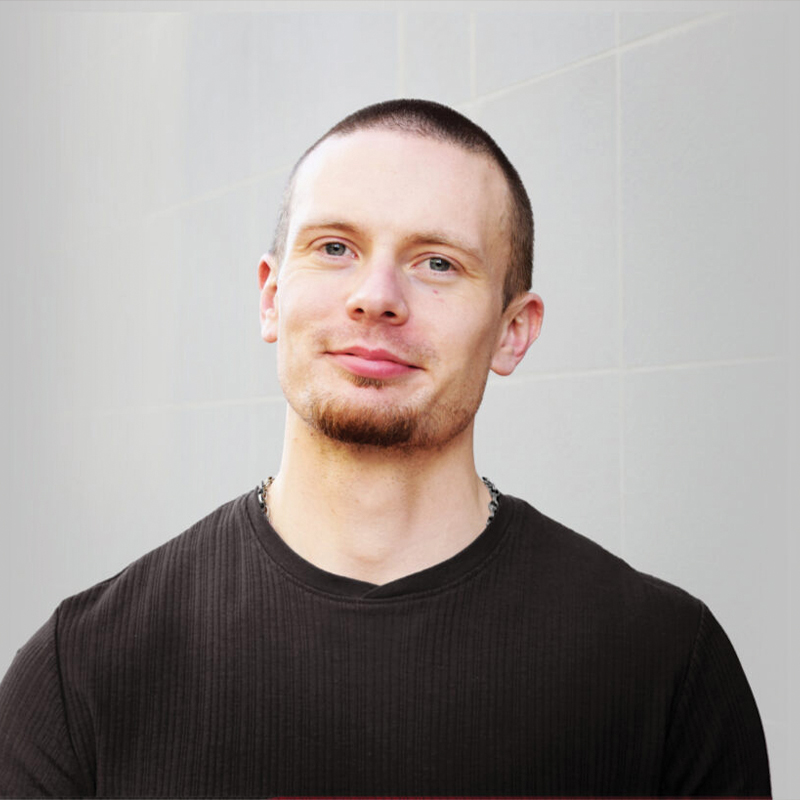Many people think of speech-language pathologists (Speech Therapists or SLPs)as professionals that work with people to improve their speech (also called articulation or fluency), but a big piece of SLPs job is to help children with language development. Language is so important for individuals to function in school and life. When children have a developmental delay that impedes their ability to effectively communicate, SLPs work with parents, teachers and other caregivers to develop strategies that improve language acquisition.
Children learn language and communication from their environment and from their experiences and interactions with the people in their environment. Studies have shown that on average, about 90% of the words used by children by the age of three come from their parents’ vocabularies. Children imitate the number of words spoken, the length of conversations and the speech patterns of their caregivers.
This is why it is so important for parents and caregivers to actively engage their infants and children by talking to them as much as possible. The number of words a child hears per day will greatly impact their vocabulary and their language development, and ultimately this impacts success in many other areas for children as they develop. It does not need to be complicated- simply noticing your environment and commenting on it to your child is all it takes to stimulate your child’s learning of language and communication. It’s the frequency that matters.
One of the easiest ways to encourage the learning of language and communication is by encouraging talking during your normal, daily routines. Activities such as bathing, dressing, mealtimes, cooking, doing laundry, going for a walk, driving in the car, and grocery store shopping are all typical daily routines and activities during which you can embed all kinds of important skills that we want kids to learn (see reverse for 10specific ideas).
Below are ten specific skills related to language development with examples of how to insert those into daily activities:
1. Joint Attention Skills:
When looking at pictures, reading books, or even just playing with children, it is important that the child looks at the object, picture, or toy that you are talking about. This ensures that the child is listening and is able to understand the object or picture being labeled and described.
2. Turn-Taking:
Teaching children to respond to physical and verbal directions sets the stage for understanding how to share between two people. For example, when playing with a toy car, if the parent pushes the car to the child and says “vroom-vroom”, the parent waits for the child to respond by pushing the toy car back to them and imitating the sound.
3. Language Stimulation:
During all kinds of daily activities, talk to your child about what you are doing, seeing, hearing, etc. in your environment.
4. Play Skills:
Through play, children often show us what they understand about the world. This is how children discover and learn about objects, people and the world around them. Play with your child often and talk as you play about what you are doing.
5. Fill in the blank:
Set up a predictable, language routines, for example, set up a familiar phrase and purposefully leave out the last word, i.e., While singing “the wheels on the bus go round and ____, round and _____.” Or while reading “brown bear, brown ____.” Gradually make the task more complicated, i.e., during a favorite book, you can exclaim, “Oh, no…look…Clifford is laughing…he feels ____.” Prompt your child by looking at them and waiting for them to reply. Once you do this a few times, they will catch on.
6. Provide choices:
Provide choices instead of asking questions so your child does not have the option of answering “no” when you want to stimulate interaction. Instead of asking your child “Do you want to play with your cars” ask “Do you want to play with your cars or train?”
7. Picture walk:
It is not necessary to read every word in a book as they can often be too wordy and confusing for the early learner. Instead, encourage your child to look at the pages and guess what is going on. Set up a familiar structure to help your child express herself—go through the book and point out familiar nouns/verbs using the phrase, “I see___”… “I see a puppy.” “I see a sun” while pointing to the object. Next, take your child’s finger and put it on an object you are sure he/she is familiar with and use the fill in the blank procedure “I see a _____ (CAT!)”.When your child becomes familiar with the routine, he/she will begin to say the phrase by herself. This sets up the routine of “my turn-your turn”.
8. Out of reach:
Put desired objects in out of reach places to encourage your child to request and ask for help. A natural instinct for parents is to make everything easier for their child—but many times we are actually doing a disservice when we anticipate our child’s every need. Once a child realizes the power of language, they will talk for what they want.
9. Confusion:
This can get your child talking and it is a nice time to introduce early language concepts in a very concrete way. So—the next time you are at the table and your child asks for peanut butter—give him regular butter instead. Wait for him to tell you that this isn’t what he asked for—at that point you can say “But, Didn’t you ask for butter?”—“NO! PEANUT butter mommy!”—“Oh, I get it now. Peanutbutter and butter are the same in a lot of ways—we can spread both of them on bread, they are both soft and they both have the word “butter” in them! But, they are also very different…peanut butter is a darker color—more like a light brown—and it is sweeter.”
10. Ask and then, Listen:
Once your toddler is talking, start teaching them to initiate conversations, and listen, a lot. You will be surprised once you stop talking about how much more your toddler will talk. This will give your child an opportunity to practice initiating communication and then you can let your child take the lead. Initiating conversation lays the groundwork for many social skills that are so important for future development.
-by Amy Hill, M.A., CCC-SLP and Ronit Molko, Ph.D., BCBA-D














